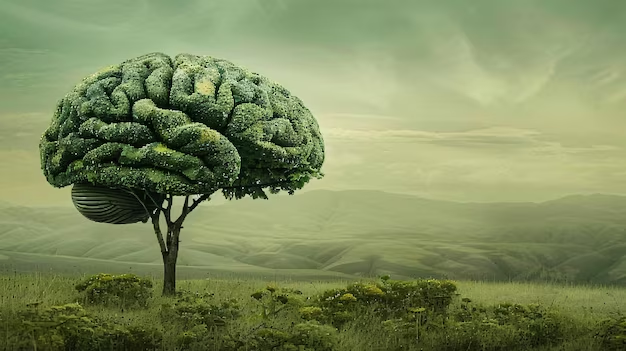The Power of Photosynthesis
Photosynthesis is a remarkable biochemical process that allows plants, algae, and some bacteria to convert light energy into chemical energy, ultimately sustaining life on Earth. During photosynthesis, these organisms use sunlight to transform carbon dioxide from the atmosphere and water from the soil into glucose and oxygen. The equation for photosynthesis can be simplified as: 6CO2+6H2O+light→C6H12O6+6O26CO_2 + 6H_2O + light \rightarrow C_6H_{12}O_6 + 6O_2 6CO2+6H2O+light→C6H12O6+6O2 This process occurs primarily in the chloroplasts of plant cells, where chlorophyll captures sunlight. The glucose produced serves as a vital source of energy for the plant and is also the foundation of the food chain for many other organisms. The oxygen released during photosynthesis is essential for the survival of aerobic life forms, including humans. Furthermore, photosynthesis plays a significant role in regulating atmospheric carbon dioxide levels, thus contributing to climate stability. Understanding and appreciating this essential process highlights the interconnectedness of life on Earth and the importance of protecting our natural ecosystems.




